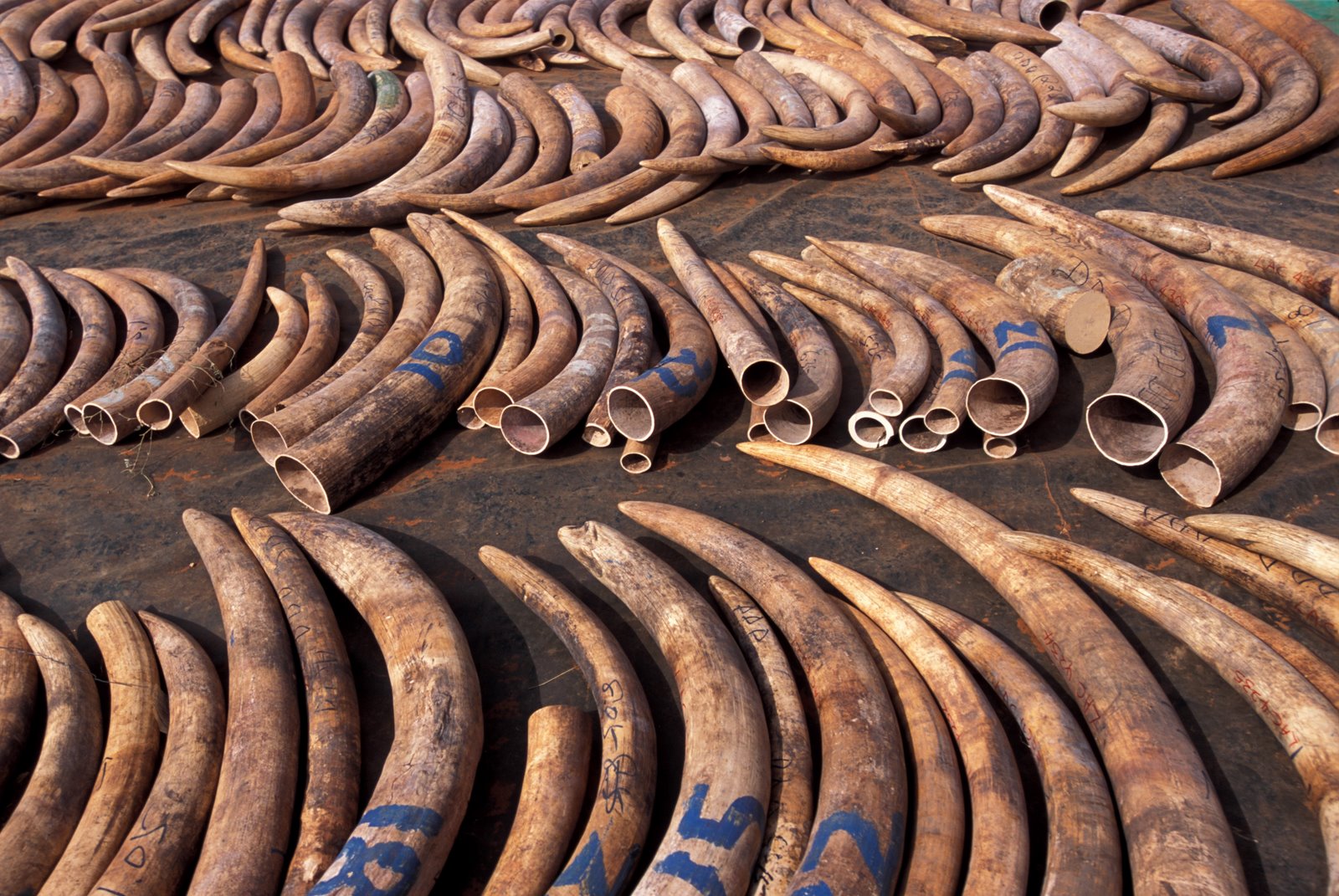In 1990, the international community came to an agreement that bans the international trade of elephant ivory. Also, in 2016, the United States enacted a similar regulation. It is estimated that almost 100 elephants are killed per day for the obtention of their tusks. This feeds the global demand that right now comes mainly from Asia.
These bans on ivory trade involve the exception for “old” ivory commercialization (older than ten years). The thing is that it’s not an easy task for scientists to tell how old a specimen is and this lack of precision makes the law susceptible to be abused. Apparently, either national or international legislations aren’t being effective enough to combat these continuous violations

In relation to these possible violations, a study published on Monday showed that 90 percent of tusks seized by authorities in several African countries, had been taken from elephants that had died less than three years before the seizures. 14 was the numbers of captures, and each one was over 0.5 tons. The study used radio-carbon dating mechanism on over 231 specimens of ivory.
Elephant poaching has not stopped
Elephant poaching was supposed to be at ease in the last years, but according to Thure Cerling, a geochemist at the University of Utah in Salt Lake City, it has returned this last decade with a vengeance. Central African forest elephants have fallen by an estimated 62% since 2002 to 2011. At the Selous Wildlife Reserve in Tanzania, savanna elephants declined 66% since 2009 to 2013.
“If all of the seizures are really recent, within the past two to three years, we can use that to determine the overall killing rate of elephants is in Africa,” he said.
According to the study released by the Proceedings of the National Academy of Sciences of U.S.A (PNAS), the radiocarbon dating confirms a rapid decline in African elephant populations.
“This indicates that the assumption of recent elephant death for mortality estimates of African elephants is correct: Very little ‘old’ ivory is included in large ivory shipments from Africa,” the study said.
Experts had said that the immediate solution to this issue is directly related to every country’s disposition to end it. Educating potential consumers is key to starting the conscientization, alongside reinforcing laws in every national market that effectively works against poaching.
Source: IB Times
